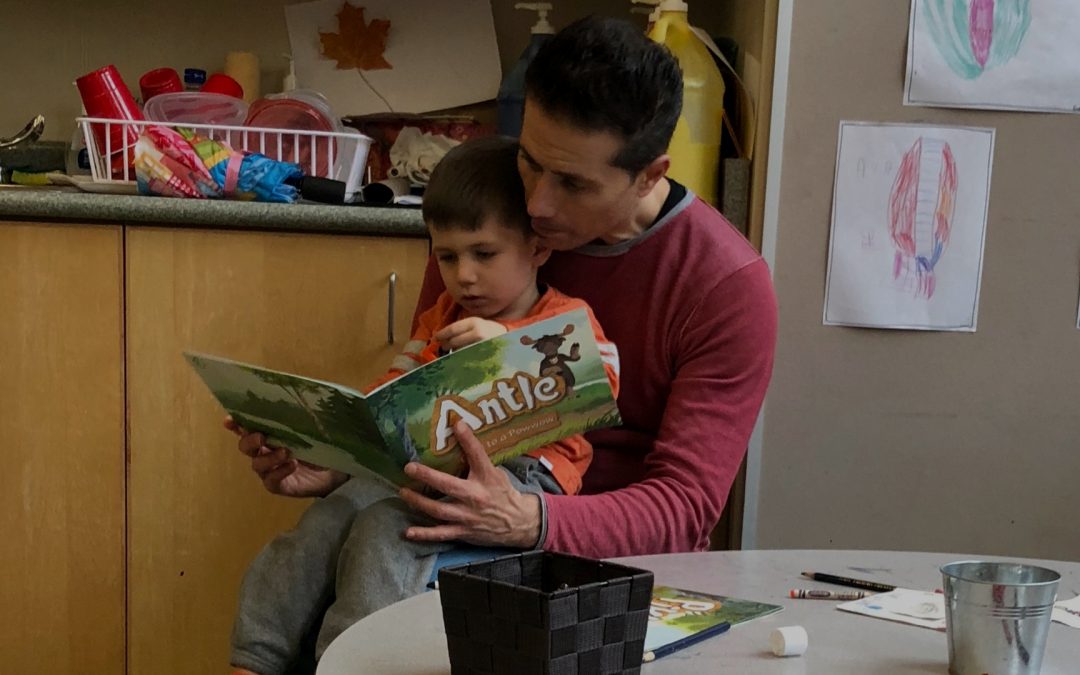
Elise Twyford
Teacher
What does parent engagement look like in 2019?
But while we know that relational trust between schools and parents is linked to higher levels of student achievement, how much time are we as educators dedicating to actively nurturing our relationships with parents and caregivers? How can we create a welcoming and responsive classroom culture, one where engagement is initiated and led by parents, caregivers and community members? And what does parent engagement look like in the culturally responsive classroom, particularly in communities where trust in the education system is lacking, oftentimes because of historical trauma?
What does it even mean to engage parents in early learning?
We tend to evaluate parent engagement by the number of parents who attend parent-teacher interviews, or how regularly we communicate directly with the home. These numbers, although important, are often more representative of a parents’ busy schedule than their meaningful engagement with their child’s education.
Because we lack the framework and tools we need to discuss and describe parental engagement, we as teachers often find ourselves unable to analyze and assess the true fruits of our efforts. We know that we are doing “something” to get parents engaged in our classrooms—but is it enough?
Ken Leithwood argues that we need to shift away from the current model of trying to get parents into the school, and towards a model where parents and caregivers can support learning in the home. After all, this is where half of the learning that we are responsible for as educators happens.
The Ladder of Participation
Roger Hart (1992) developed the Ladder of Youth Participation to describe levels of youth engagement. At the bottom of the ladder, you can see an engagement model that is providing information. At the top of the ladder, you see a model that has ideas initiated by youth and both adults and youth sharing in the decision making.
Could this same framework be used to think about how teachers engage parents in classrooms?
https://healthyschoolsbc.ca/healthy-schools-bc-resources/healthy-schools-network/
Typically, when we think of parent engagement, we think of the communication that happens through emails and calls to the home. We think of parent representatives on school committees, parent volunteers in school-wide activities, and parent-teacher night. The common thread here is that engagement happens on the school’s terms rather than the parent’s. From Hart’s ladder, this would look like the bottom 1-5 rungs (if we were being generous).
But what if we imagined a more engaging approach, one that supports parents to direct, define and lead the engagement?
This is especially true when looking at the culturally responsive classroom of 2019. For example, in speaking to culturally restorative practices at the First Nations School of Toronto (Parent Discussion Night, January 23, 2018), Estelle Simard described engaging Elders, parents, and community members in how culture should be taught in school, and the importance of creating meaningful engagement that enabled families to both initiate and define how they engage with their child’s school.
Estelle provided an example of a community where the Elders wanted regalia making, the creation of traditional and sometimes sacred clothing and accessories, to be a component of the school’s curriculum. The school then aligned curriculum and opened the door for the community to share their knowledge on the subject, creating a community of sharing and mutual respect.
Building Bridges between the Home and the School
We work hard to build relationships with our students. In order to increase parent engagement, we need to further that hard work by building relationships with parents, caregivers, and the community. So how can we honour this in our own classrooms and begin building bridges between home and school?
- – Attend community events – and don’t be shy about engaging with parents. Even a small wave or nod will start you on the path to building trust and a positive relationship with parents.
- – Create a classroom culture that encourages constant dialogue between yourself and your students’ caregivers, and work together to determine how to best support their child. Remember, the dialogue must be reciprocal. At the end of the day, parents are the true experts when it comes to their child.
- – Most importantly — listen.
One of the benefits of working with the Sprig Learning Platform has been that it provides me with the opportunity to connect my classroom to every one of my students’ home lives, and to provide parents and caregivers with the tools they need to reinforce learning in their own homes.
Parent-Teacher Partnerships Lead to Success
The lasting effect of parents and teachers working together is clear when we see these students grow into healthy, confident, and curious lifelong learners. It’s important to find the approaches and strategies that work best for your classroom, but always remember to listen, be open-minded, and to have fun.
This guest post on the Sprig Learning Blog was contributed by Elise Twyford, a teacher and lifelong learner based out of Toronto, Ontario. You can follow Elise here.



